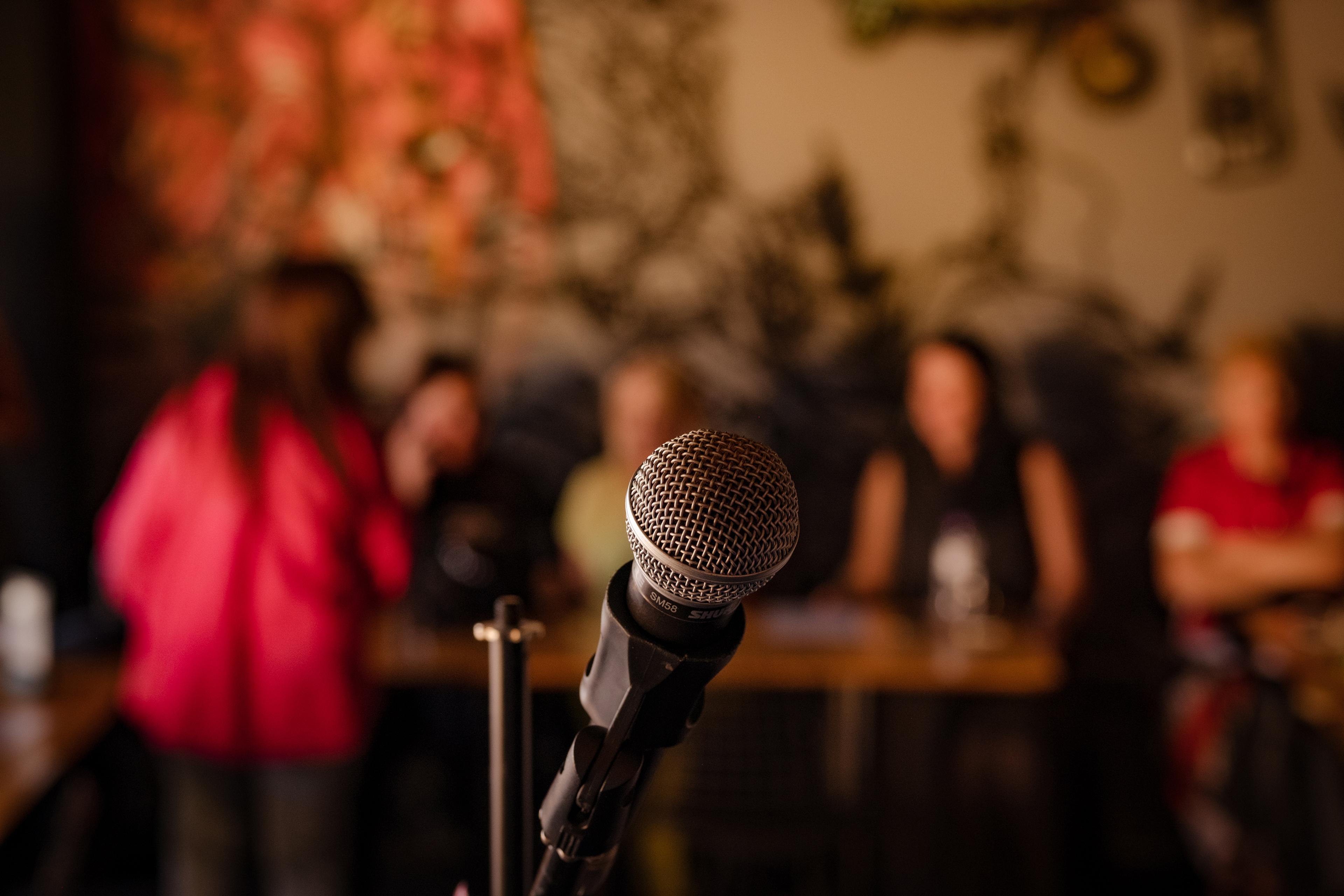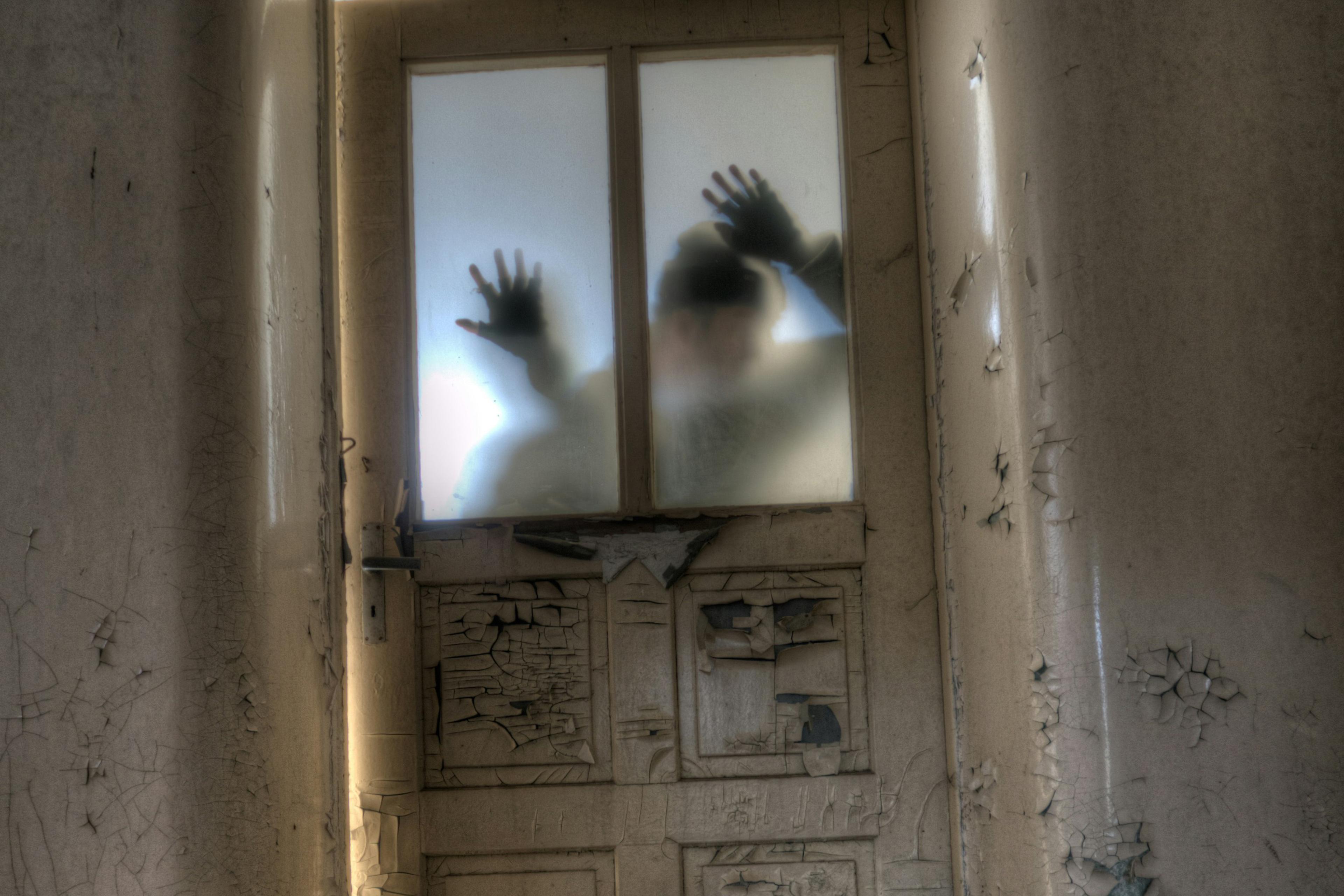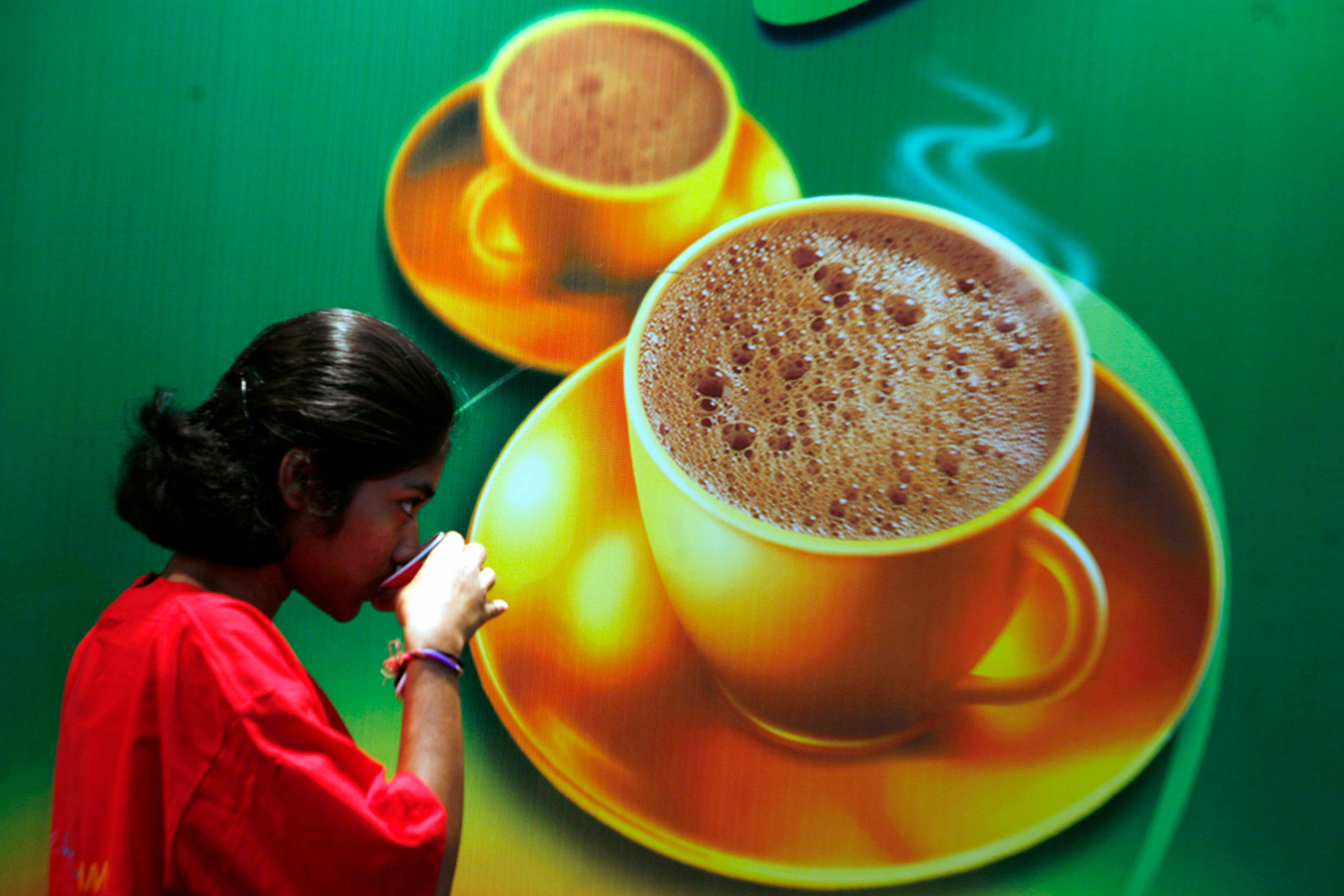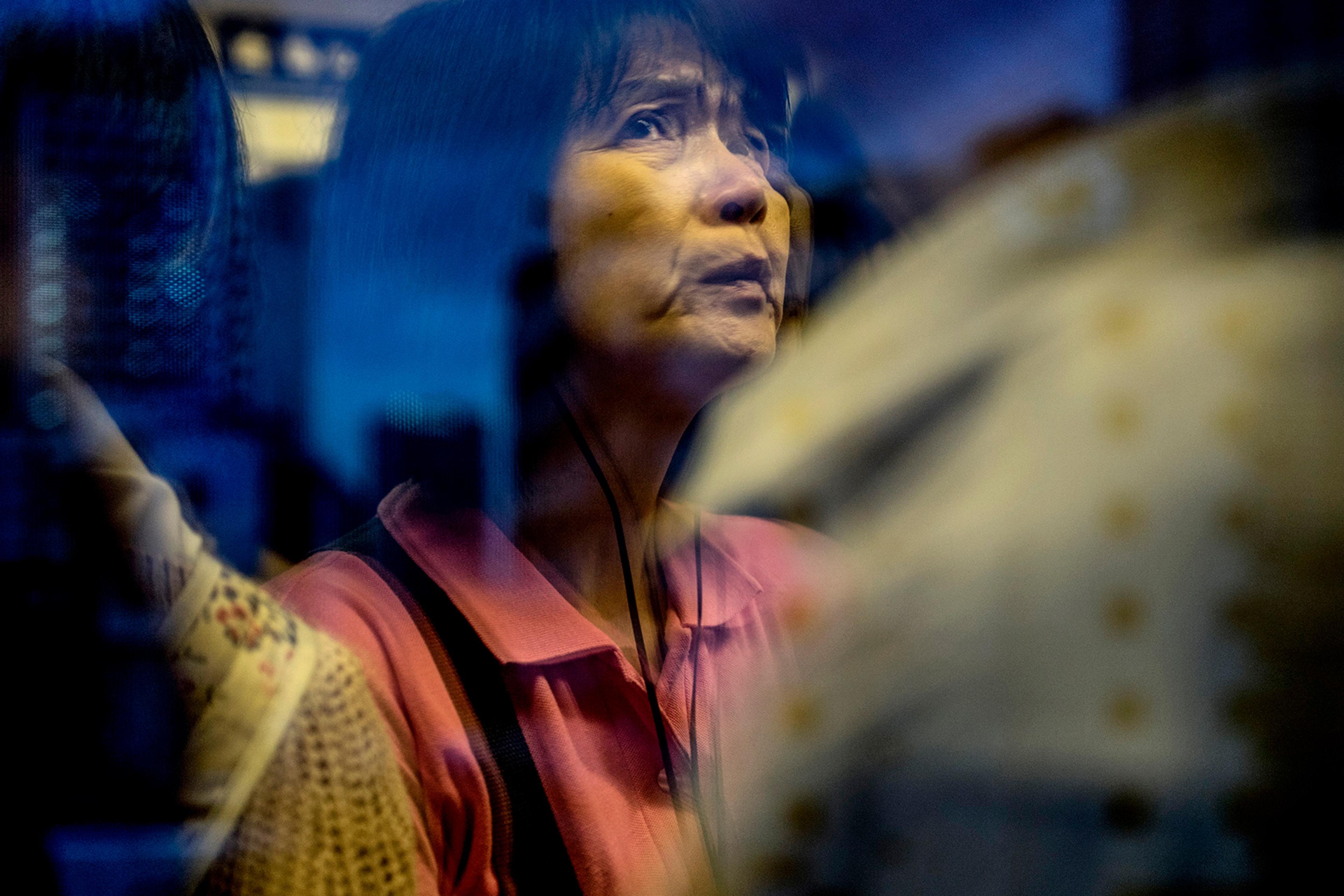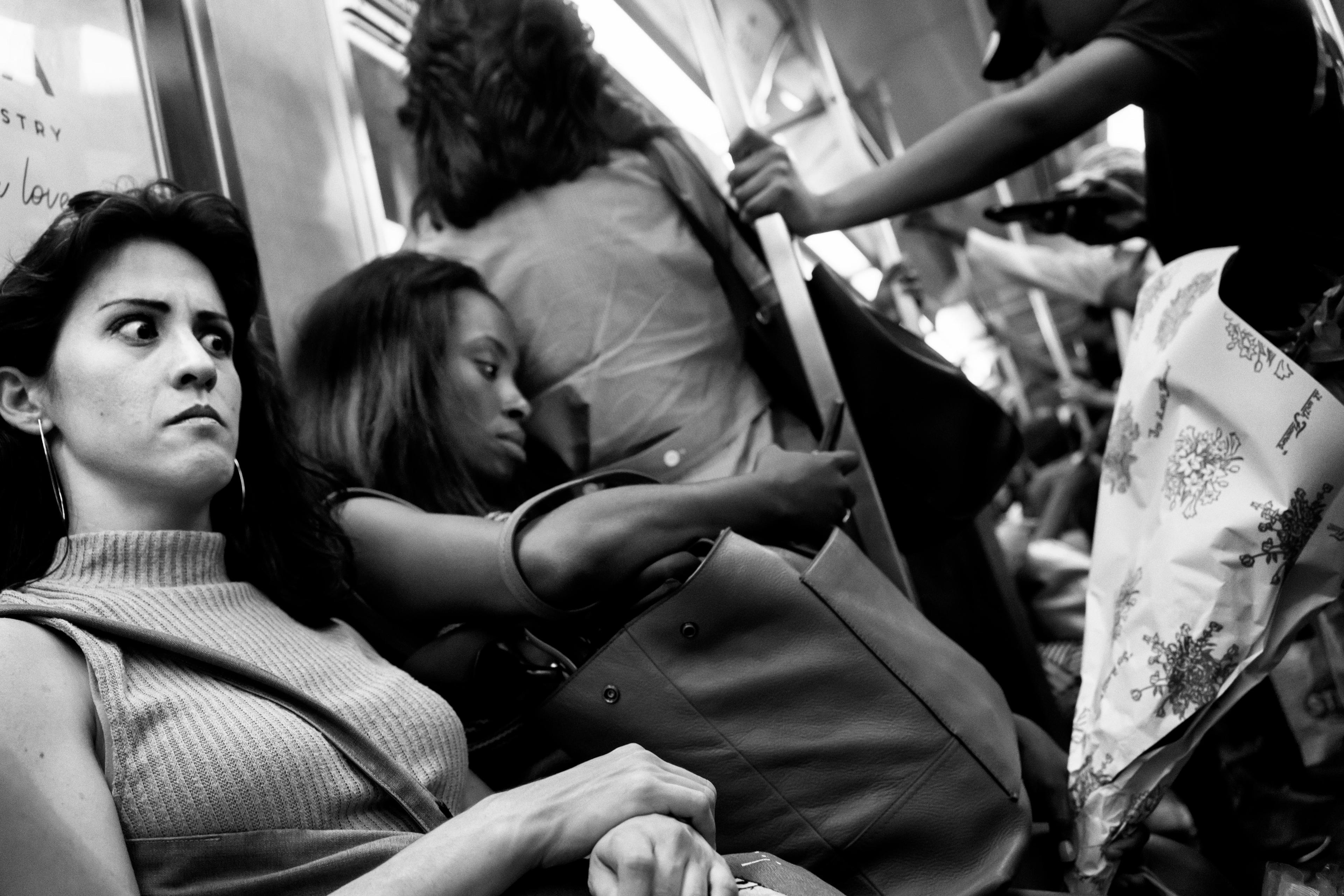When I’m going through something stressful, I have a strong urge to think out loud about it with someone I trust. There are probably several reasons I end up feeling better: my listener helps me avoid catastrophic thinking, or reminds me that they have my back if things get worse. But another likely reason is that having the chance to describe a difficult situation in detail – even if you’re just describing it to yourself, as in a journal – invites you to see the full picture, and in many cases, it’s not all bad.
Research by Christian Waugh and colleagues at Wake Forest University in North Carolina underscores this and highlights its potential for helping us manage our emotions. They focused largely on people’s experiences during the COVID-19 pandemic, based on data they collected then. When people reflected on a stressful experience they’d been having, and were prompted to describe six specific elements of the situation, they tended to list at least one that was positive (such as spending more time with family during the pandemic). Having more positive elements in the list was associated with feeling less negative and more positive emotion following the task. Taking some time to elaborate on one of the positive aspects seemed to help people feel better, too.
It can be annoying to be told to ‘look on the bright side’ or ‘find the silver lining’. But personal trials often come with opportunities for growth or self-insight; grief or separation sometimes lead to new connections; and even mundane sources of frustration (a traffic jam, say) can contain small points of pleasure or relief (enjoying a song on the radio that you would’ve missed). Where there are such leavening factors, taking a moment to talk or write about the experience could help us make the most of them.

